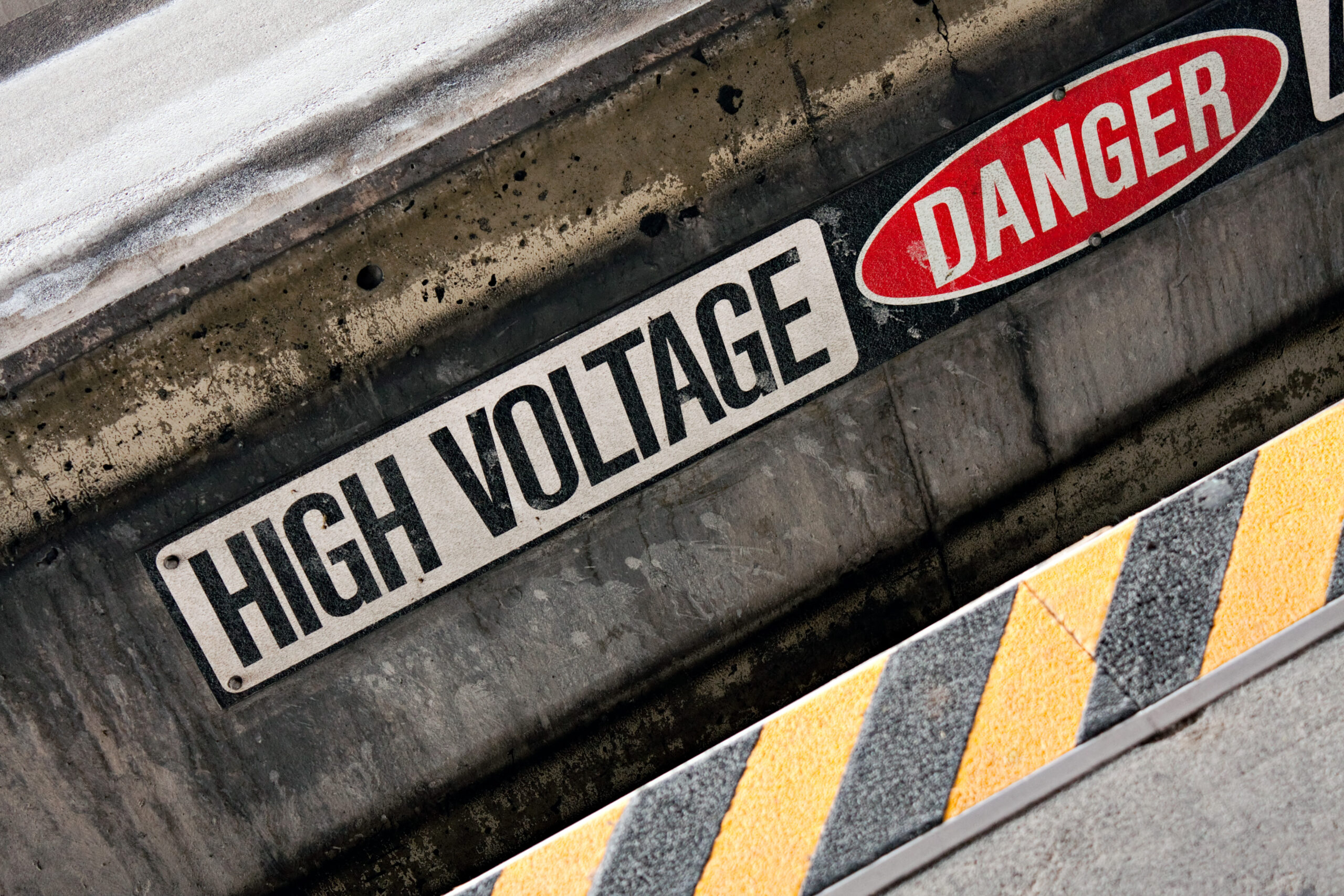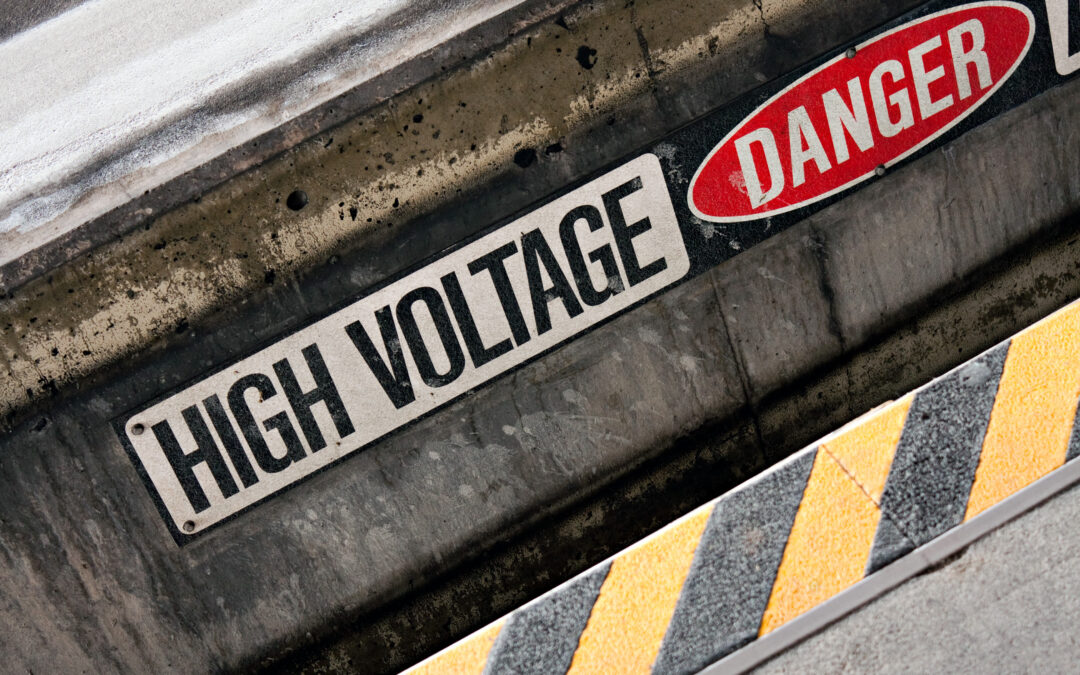Disasters can strike at any time, leaving families devastated and homes destroyed. Whether it’s a natural disaster like hurricanes or earthquakes, or man-made catastrophes such as terrorist attacks or power outages, being prepared is critical for survival. In this ultimate guide to disaster preparedness, we will cover everything you need to know to protect your family and home now.
Creating a Disaster Plan for Your Family and Home
The first step in disaster preparedness is creating a plan. Sit down with your family and discuss what types of disasters are most likely to occur in your area. Once you have identified the potential risks, create a plan that includes evacuation routes, emergency contacts, and safe meeting places. Make sure everyone knows what their role is during an emergency, including how to shut off utilities and where important documents are located. Practice your plan regularly so everyone feels confident and ready.

Building an Emergency Kit: What You Need to Know
Next, build an emergency kit that includes supplies for all members of your household. This should include food, water, medical supplies, flashlights, batteries, and other essential items. Remember to rotate your stock every six months to ensure freshness and usability. Keep your emergency kit stored in a designated location that is easily accessible in case of an emergency.
Preparing Your Home for Natural Disasters
In addition to having a plan and building an emergency kit, preparing your home for natural disasters is also crucial. Start by identifying areas of weakness in your home, such as windows or doors that may not be able to withstand high winds or flooding. Strengthen these areas by installing storm shutters or reinforcing doors and windows. Clear debris from gutters and roofs to prevent damage from heavy rains or snowfall. Finally, consider investing in backup generators or sump pumps to help keep your home dry and functioning during a crisis.
Staying Safe During and After a Disaster
During a disaster, staying safe is paramount. Follow the instructions provided by local authorities and avoid unnecessary travel. If possible, shelter in place until the danger has passed. Listen to news reports and social media channels for updates on the situation. After the disaster has passed, check on neighbors and friends who may need assistance. Be cautious when returning to damaged areas, as there may still be hazards present.
Conclusion
Being prepared for disasters is critical for keeping your family and home safe. By following our ultimate guide to disaster preparedness, you can rest easy knowing that you have taken proactive steps to protect those you love. Don’t wait until it’s too late – start planning today!






